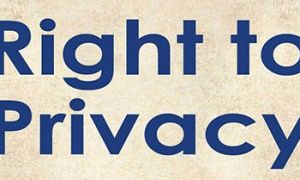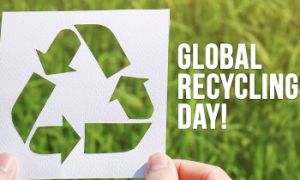Movement and dance are wonderful ways to support preschoolers' health and well-being while making learning fun. The following provides 30 Movement and Dance Activities For Preschoolers.
- Creative Movement – Encourage free-form dancing where children explore different movements without strict rules. This helps with self-expression and confidence.
- Storytelling Through Dance – Create simple narratives that children act out through movement, enhancing imagination and emotional expression.
- Rhythm and Tempo Games – Introduce different beats and tempos through music, helping preschoolers develop coordination and timing.
- Balance and Coordination Exercises – Simple dance steps that focus on balance and coordination contribute to overall physical development.
- Group Dance Activities – Dancing together fosters cooperation, social interaction, and respect for personal space.
- Sensorimotor Synchronization – Moving to a rhythmic beat supports cognitive development and even language skills.
- Dance Movement Therapy (DMT)—A structured approach that integrates emotional, cognitive, and physical aspects of wellbeing.
- Simon Says – A classic game that helps children follow instructions while moving their bodies.
- Freeze Dance – Play music and let them dance freely, then pause the music and have them freeze in place.
- Animal Walks – Encourage kids to move like different animals—hop like a frog, crawl like a bear, or waddle like a penguin.
- Obstacle Course – Set up a simple course with tunnels, cones, and balance beams to improve coordination.
- Balloon Volleyball – Keep a balloon in the air by tapping it back and forth, enhancing hand-eye coordination.
- Yoga for Kids – Introduce simple poses like downward dog or tree pose to promote flexibility and relaxation.
- Hopscotch – A great way to develop balance and coordination while having fun.
- Rolling Around – Pretend to be logs and roll across the floor or grass, strengthening core muscles.
- Treasure Hunt – Hide objects around the room and have kids move around to find them.
- Tape Shape Fun – Place different shapes on the floor using tape and have kids jump or move between them.
- Action Songs – Songs like Head, Shoulders, Knees, and Toes or If You're Happy and You Know It encourage movement while reinforcing body awareness.
- Musical Statues – Similar to freeze dance, but children must strike a pose when the music stops.
- Parachute Dance – Use a parachute or large fabric and have kids lift, shake, and move it to the beat of the music.
- Drum Circle – Provide simple percussion instruments and let kids create rhythms while moving to the beat.
- Ribbon Dancing – Give children ribbons or scarves to wave and twirl while dancing.
- Animal Dance Party – Play music and call out different animals for kids to imitate through movement.
- Musical Chairs with Movement – Instead of sitting, kids must perform a movement (jump, spin, clap) when the music stops.
- Dance Storytelling – Play instrumental music and have kids act out a story through movement.
- Marching Band Fun – Let kids march, stomp, and clap to the rhythm of a song.
- Follow the (Musical) Leader – Play a song and have one child lead the group in movements while others follow. Switch leaders every few minutes.
- Rhythm Sticks – Give children rhythm sticks or wooden spoons to tap along with the beat of a song, improving coordination and musical awareness.
- The Hokey Pokey – A classic interactive song that teaches body awareness and encourages movement.
- Draw What You Hear – Play different types of music and have children move their bodies while drawing what they feel, combining creativity with movement.
Further Reading
Benefits Of Music and Movement
Using Music, Rhythm And Movement To Enhance Children's Self-Regulation
Music Activities For Toddlers and Preschoolers





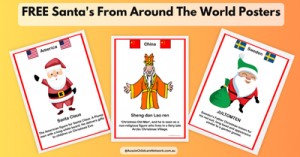

 Open ended questions cannot be responded to with one word answers such as yes or no. These types of questions enables a child to provide
Open ended questions cannot be responded to with one word answers such as yes or no. These types of questions enables a child to provide During your child’s preschool years, an important milestone begins to emerge. This is the development of pre-writing skills. Pre-writing skills are used to encourage, develop
During your child’s preschool years, an important milestone begins to emerge. This is the development of pre-writing skills. Pre-writing skills are used to encourage, develop Open ended materials enables children to play freely. They are objects that have no rules to follow, use or function. Raw materials that can be
Open ended materials enables children to play freely. They are objects that have no rules to follow, use or function. Raw materials that can be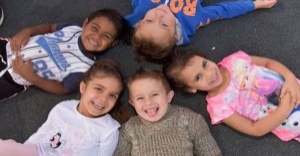 An Acknowledgment of the Country is a way of showing respect for the Traditional Owners and can be given by both non-Indigenous people and Aboriginal
An Acknowledgment of the Country is a way of showing respect for the Traditional Owners and can be given by both non-Indigenous people and Aboriginal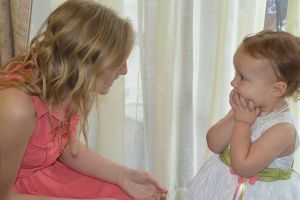 Language plays an important role in a child’s development. It enables a child to communicate effectively with their family, learn at school, socialize with friends,
Language plays an important role in a child’s development. It enables a child to communicate effectively with their family, learn at school, socialize with friends,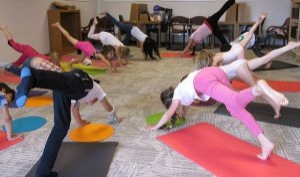 Like adults, children have to deal with their own stress in life. Moving house, starting a new school, preparing for a new sibling - these are
Like adults, children have to deal with their own stress in life. Moving house, starting a new school, preparing for a new sibling - these are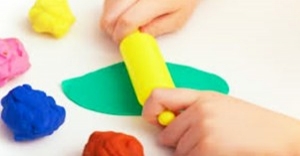 Playdough is such a versatile material. It provides numerous benefits to children as they manipulate it, it is safe and soothing and provides children with
Playdough is such a versatile material. It provides numerous benefits to children as they manipulate it, it is safe and soothing and provides children with Teaching children about sustainability enables them to appreciate and respect the natural environment. Early childhood services can provide meaningful hand on learning experiences in order
Teaching children about sustainability enables them to appreciate and respect the natural environment. Early childhood services can provide meaningful hand on learning experiences in order Recycling is an important concept that teaches children to care for the environment. It encourages children to be responsible and show a growing appreciating for
Recycling is an important concept that teaches children to care for the environment. It encourages children to be responsible and show a growing appreciating for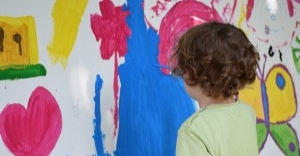 When children apply paint to paper, glue things together, or pound a lump of clay, they experiment with colour, shape design and texture.
When children apply paint to paper, glue things together, or pound a lump of clay, they experiment with colour, shape design and texture.
